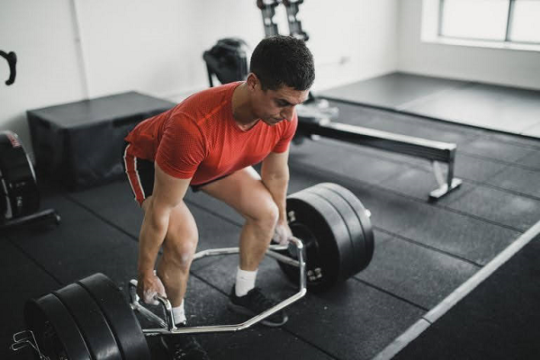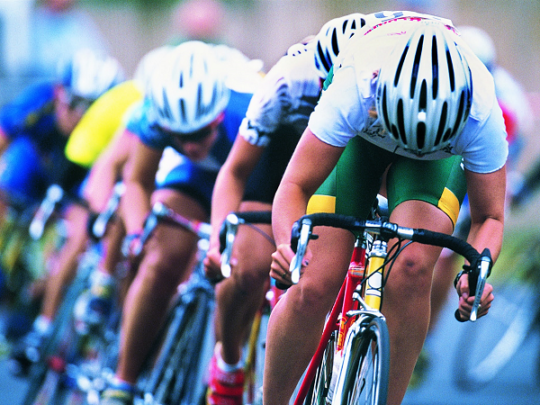Listen or Read Dr. Jan Kasprowicz’s Monthly Podcast Interview!
Topic – Spinal Decompression Therapy
Below you will find an easy to read transcript of Dr. Jan Kasprowicz’s interview on the razorcast™ monthly podcast. You can click the video to listen to the podcast or simply read the easy to follow transcripts below. Enjoy!
Podcast Interview:
RC: Hello everyone, this is Liz Harvey coming to you from our razorcast™ studios in New York City where we are dedicated to bringing you top quality advice from many of the leading expert professionals across the United States.
In today’s episode we are speaking with Dr. Jan Kasprowicz. Dr. Kasprowicz is a Sports Recovery Specialist and the founder of New Jersey Chiropractic and Sports Recovery based in Hasbrouck Heights, New Jersey. He offers cutting edge programs and services to athletes and people from all walks of life. With over fourteen years of practical experience in treating patients and athletes for pain relief and optimal wellness, his methods are highly-effective and proven. Cardio health, body conditioning, weight management as well as strength building are all areas of his expertise. Dr. Kasprowicz works with some of the most elite athletes in the country ranging from professional football, triathlon, Division 1 athletics, military and police officers.
Dr. Kasprowicz is widely considered to be one of the top sports recovery specialists in the country and he is also a contributing member of our national network of industry professionals.
Today we are going to talk about a very important topic: Spinal Decompression Therapy
RC: Hello, Dr. Kasprowicz. How are you today?
Dr. Jan Kasprowicz: I’m doing great. How are you?
RC: I’m doing fine. Thank you so much for being here.
Question 1: What is spinal decompression therapy and how does it work?
RC: So what is spinal decompression therapy and how does it work?
Dr. Jan Kasprowicz: Well, spinal decompression therapy has been around for a lot of years. It’s a proven therapy utilized on our patients who are experiencing symptoms from disc herniations that are also having symptoms from disc bulges, radiating pain. It could also be from spinal canal or spinal neural foraminal stenosis. Consider your disc like a doughnut. The intervertebral disc is a pillow in between the vertebrae in your spine.
Sometimes what happens is the inside of the disc, which is a gelatinous material, pops out just like when you’re biting into a jelly doughnut. When you bite into a jelly doughnut, sometimes the jelly pops out of that hole. Now what happens when it pops out of that hole, it creates inflammation in that area. A lot of doctors will tell you that the disc herniation is actually pushing upon a nerve. That rarely ever happens. Don’t get me wrong, it does happen some time but if that herniation was directly pushing on your nerve, you would probably have complete paralysis of that nerve.
What we’re talking about is when that disc bulge or disc herniation creates irritation to the area which creates an inflammatory response which can create pain or radiating pain, it could also create numbness or tingling or even weakness in your arms or legs. What we do for such issues is we do spinal decompression therapy. Now it’s not traction or it’s not some type of hanging exercise where it’s basically just pulling on the area.
For your low back disc herniations and disc issues we have you lay on the spinal decompression machine and we strap you to the machine. We then utilize about half your body weight, maybe sometimes plus or minus 15 pounds and then we go ahead and provide decompression therapy. What decompression therapy is, the machine actually starts pulling on your pelvis. When it does that pulling, it pulls at a specific angle so this way we can actually work on the disc that is giving you the issue.
Now when the disc starts getting pulled apart, what’s actually happening is it starts creating a negative pressure within the disc. Therefore it’s creating like a vacuum effect and it’s reabsorbing that disc material which is going to give you pain relief. Spinal disc decompression therapy is gentle. The majority of patients come off of the machine and they actually do have significant pain relief. It’s about 25 to about 30 minutes for each session.
Question 2: How do you determine if someone needs spinal decompression therapy?
RC: How do you determine if someone needs spinal decompression therapy?
Dr. Jan Kasprowicz: Well, the number one thing is a detailed history. Once the patient comes in, you have to find out how did their actual injury and the symptoms occur. MRI is sometimes utilized as well. An MRI can give you better idea. Sometimes the patient might have multiple disc herniations. With a detailed history, a good exam and some MRI results, we can actually see which disc herniation is actually creating the symptoms. We also use spinal decompression therapy on our patients who are somewhat asymptomatic which means they’re not having symptoms. Those patients are basically athletes who do a lot of compressive activity.
The athletes which are doing some heavy squats, they’re doing dead lifting. A lot of our cyclists that come into the office and do long distance riding on a bike in a very vulnerable position, a lot of times long distance runners as well. They come in after their training sessions so we could do spinal disc decompression therapy for them and it would take the compression off their discs.
Question 3: What can a new patient expect to experience during a treatment session?
RC: What can a new patient expect to experience during a treatment session?
Dr. Jan Kasprowicz: Well, each patient is unique with their symptoms and with their injuries. We don’t boilerplate anybody’s treatment. Sometimes we’ll do spinal decompression therapy first. Other times, it will be the last thing we do. When somebody comes into the office and they’re getting spinal decompression therapy, the first thing we’re going to do is we’re going to assess how they’re doing that day.
There’s a couple things that we actually do. The spinal decompression therapy is actually 25 to 30 minutes. When the treatment is actually completed, most patients feel as if they are feeling lighter or they’re feeling taller. They might have a reduction in their symptoms. Some patients experience a total resolution of their symptoms. I personally have two large disc herniations in my lower back at L4 and L5 and when I work too much around the home or if I’m training too hard – if I go out for a really long bike ride, I’m biking up a lot of hills – my low back starts getting agitated and I’ll get some pain shooting down to my leg.
I’ll go onto the spinal decompression machine myself and then I don’t have immediate results. Some of the symptoms do get diminished but I notice the most amount of benefit two to three hours after treatment. Like I mentioned, all patients and their symptoms are unique and we have to treat them that way as well. The majority of treatment sessions take about anywhere from 40 to 45 minutes. That includes the spinal decompression therapy, stretching, some other adjunctive therapies as well and we have patients whose symptoms may be resolved in one visit, sometimes may take twelve visits. Like I said, every patient’s symptoms and case is unique.
Question 4: What other therapies do you recommend in addition to spinal decompression therapy?
RC: What other therapies do you recommend in addition to spinal decompression therapy?
Dr. Jan Kasprowicz: Well, our spinal decompression protocol consists of four different therapies. The first therapy that we utilize with our patients in the majority of cases is post-isometric relaxation. It’s a type of stretching which is specific stretching to relax muscles around the vertebrae that we are about to decompress. If the muscles are tight around that vertebrae, we want to make sure they’re somewhat relaxed. This way we’re doing the spinal decompression therapy, we’re allowed to actually create that space and move that vertebrae so we could create that negative pressure within the disc and suck in that herniated disc material which is giving our patients the pain and their symptoms.
The next thing we do is usually a class IV deep tissue laser. There’s a lot of different lasers out there on the market. A lot of offices, therapists have lasers that are usually the 0.75-watt variety, 1.2-watt variety. There’s some 15-watt lasers out there. We actually have a 25-watt laser which is a very powerful laser. It penetrates 2 inches through your skin and it goes through everything. It goes through skin, muscle, fat, arteries, tendons and bone.
What it does, the laser actually interacts with the mitochondria of your cells. The mitochondria are the energy production part of your cell. It literally speeds up the metabolism within the cell. By speeding up the metabolism it actually speeds up the healing process. It also increases the production of what we call adenosine triphosphate which is ATP which is the fuel of all cells. It also helps retard and diminish the amount of inflammation in the area.
The majority of patients who are having issues due to disc herniations and disc bulges is not from the herniation or the bulge, it’s from the inflammatory response of the herniation and bulge. Therefore the class IV laser will actually help us eliminate that inflammation. Then we do our spinal decompression therapy. Then we follow that up by applying some RockTape to our patients. RockTape is just what we call kinesio tape. It’s not like white athletic tape that prevents movement but instead we can use RockTape which has a very elastic quality to it so this way our patients can move with full range of motion. We’ll tape up certain muscles so this way it will relax the muscles, prevent muscle spasm but also allow the skin to be lifted slightly allowing inflammation to move out of the area.
RC: Thank you so much Dr. Kasprowicz. We know you’re extremely busy. I just want to thank you for all of your time and help today. For our listeners across the county, if you are interested in speaking with Dr. Jan Kasprowicz, you can either go online to www.chiropracticandsportsrecovery.com or call 917-748-2902 to schedule an appointment.
On behalf of our entire team at razorcast, we want to thank you for listening and we look forward to bringing you more top quality content from our country’s leading industry professionals.
Click here to receive more information & to schedule your assessment







